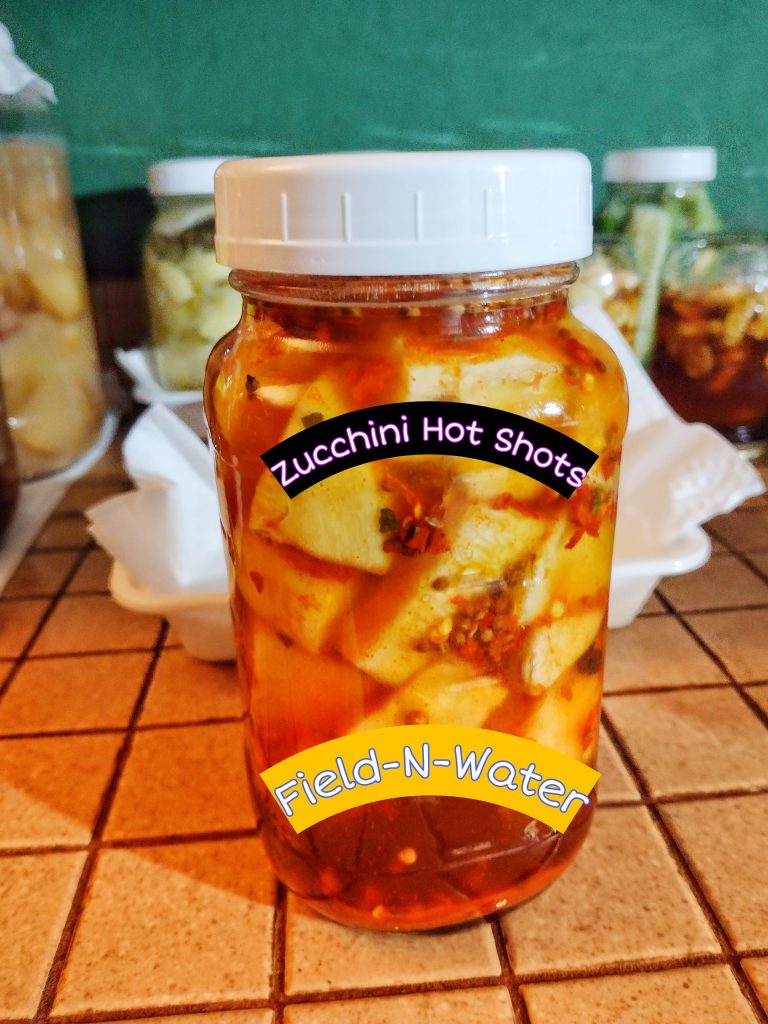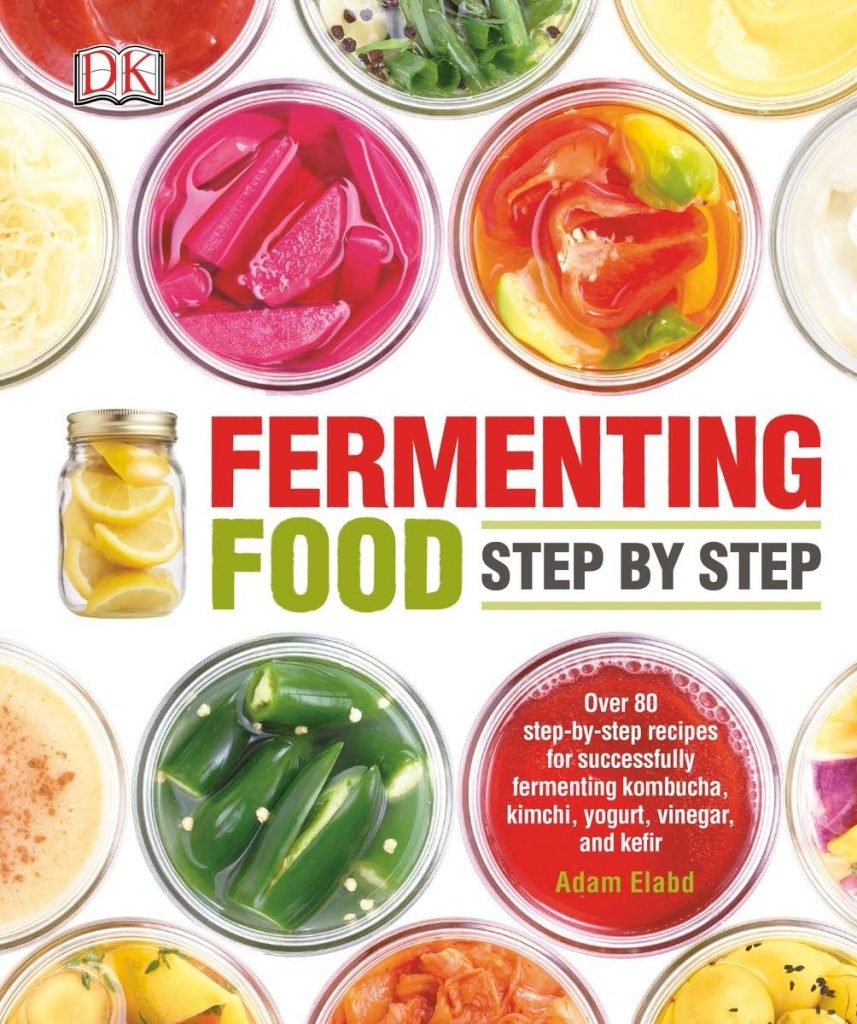
Food fermentation, often referred to as a culinary art and science combined, has been practiced by cultures worldwide for centuries. This intriguing process not only enhances the taste and texture of foods but also offers numerous health benefits. In this blog post, we’ll dive into the fascinating world of food fermentation, uncovering its principles, applications, and the delicious creations it yields.
The Basics of Food Fermentation:
At its core, fermentation is a metabolic process driven by microorganisms, most commonly bacteria and yeast, that convert sugars and other organic compounds into various products. Unlike aerobic metabolism that relies on oxygen, fermentation occurs in the absence of oxygen. This metabolic pathway is essential for producing a wide array of foods and beverages.
Microorganisms of Food Fermentation:
Central to fermentation are the microorganisms, often referred to as “starter cultures.” These can be naturally occurring or intentionally added to initiate fermentation. Common examples include Lactobacillus for sourdough bread, Saccharomyces cerevisiae for beer and wine, and Streptococcus thermophilus and Lactobacillus bulgaricus for yogurt.
Key Steps:
- Preparation: Raw ingredients (vegetables and or fruits) are selected and prepared, often involving cleaning, chopping.
- Inoculation: Starter cultures or naturally present microorganisms are introduced to the ingredients. They begin consuming sugars and other compounds.
- Fermentation: As microorganisms metabolize, they produce various byproducts, such as lactic acid, alcohol, and carbon dioxide. These byproducts contribute to flavor, preservation, and texture changes in the food.
- Maturation: Fermented foods are allowed to mature for a specific period. During this time, flavors intensify and develop complexity.

Food Fermentation in Action:
Fermentation is incredibly versatile and finds its way into an array of culinary creations:
- Sourdough Bread: The iconic tangy flavor and airy texture of sourdough bread are a result of Lactobacillus and wild yeast fermentation in the dough.
- Cheese: Various cheeses, from cheddar to camembert, owe their unique flavors and textures to bacterial fermentation.
- Yogurt: The creamy goodness of yogurt is achieved through the fermentation of milk by specific bacterial strains.
- Wine and Beer: Grapes and grains are transformed into the beloved alcoholic beverages through the action of yeast.
- Kimchi and Sauerkraut: These type ferments are packed with probiotics and offer a delightful tang.
Fermentation Health Benefits:
Fermented foods aren’t just delicious; they also boast health advantages. They are rich in probiotics, which promote gut health and support the immune system. Additionally, fermentation can enhance nutrient availability and shelf life.
Conclusion:
Food fermentation is a captivating blend of science, tradition, and culinary artistry. It’s a testament to how microorganisms can transform simple ingredients into complex and flavorful dishes. Whether you’re savoring a slice of sourdough bread or sipping a glass of wine, remember that behind these delights lies the enchanting world of food fermentation. So, explore, experiment, and savor the magic of fermentation in your own kitchen.

Leave a Reply
You must be logged in to post a comment.